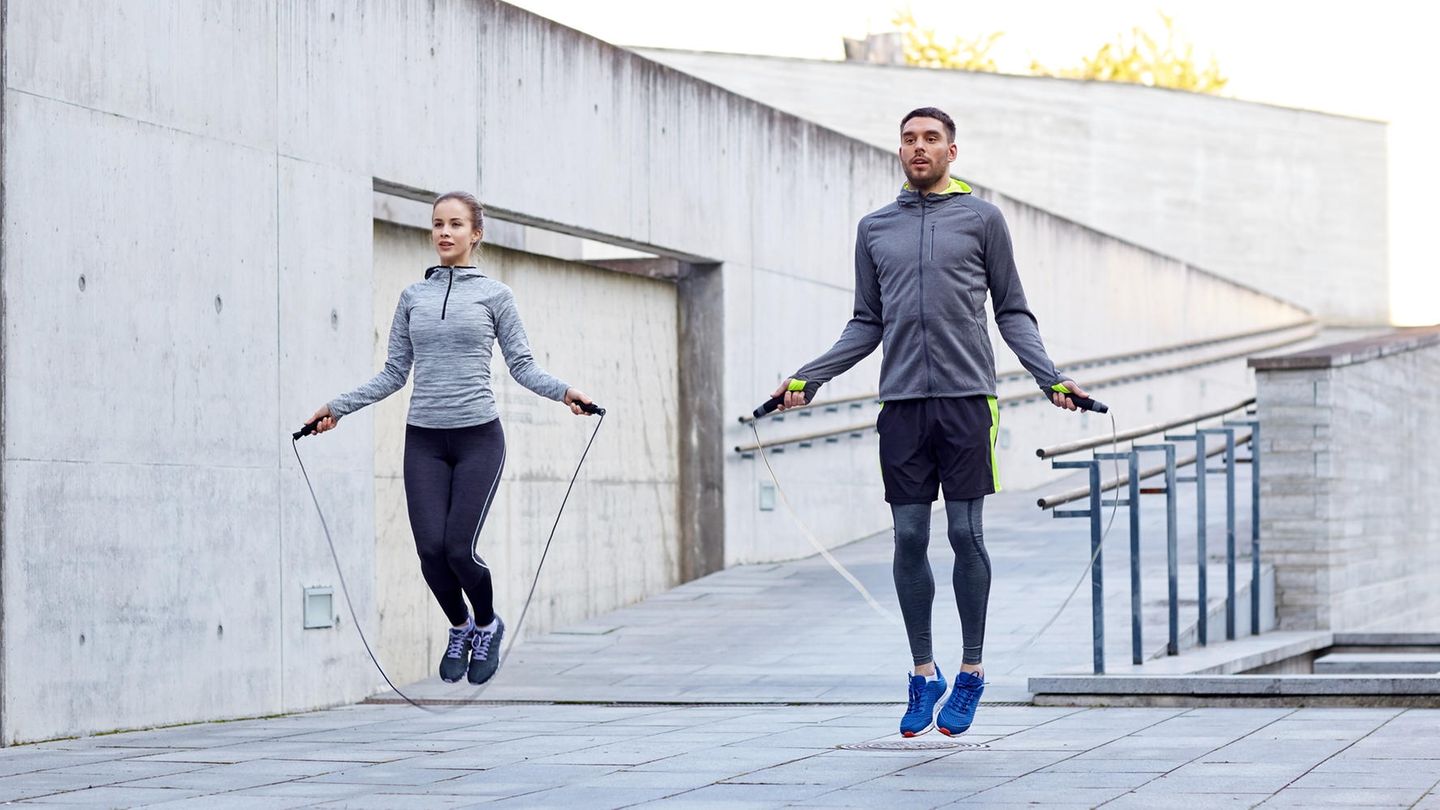Image: (Colourbox)
The world’s largest garbage dump is floating in the north of the Pacific Ocean. The “Great Pacific Garbage Patch” covers 1.6 million square kilometers (around 19 times the area of Austria). A gigantic whirlpool of water sucks in plastic waste from all sides, drags it into the depths and puts a strain on entire ecosystems.
The world has been in a dilemma for years: While plastic waste has a significant impact on people and animals, many parts of our everyday life would be unthinkable without the use of plastic. Modern medicine alone relies on its use in many areas.
One solution is to use plastic in a circular economy. Using modern methods, it is now possible to reuse plastic and avoid the almost one million tons of plastic waste that is generated in Austria every year.
This is one of the research focuses of plastics technology studies at the Johannes Kepler University. While alternative production methods for a well-thought-out plastics circular economy are being researched in the LIT Factory, there are also projects that are intended to raise awareness for the public.
One of these projects was completed in the past few weeks. 103 classes at 19 schools in Upper Austria collected plastic stoppers from beverage bottles. The collected 251 kilograms were then turned into Frisbee discs at the JKU. As a collecting incentive, an increase in the class account was raffled off among all participants. The fourth year of HAK Steyr received around 1,000 euros for first place.
Waste prevention
Basically, according to experts, the “best plastic waste is the one that is not created in the first place.” Consumers can make the recycling process easier by removing labels from plastic bottles, avoiding cosmetic products containing microplastics, or consciously choosing recyclable plastic when shopping.
more from education




